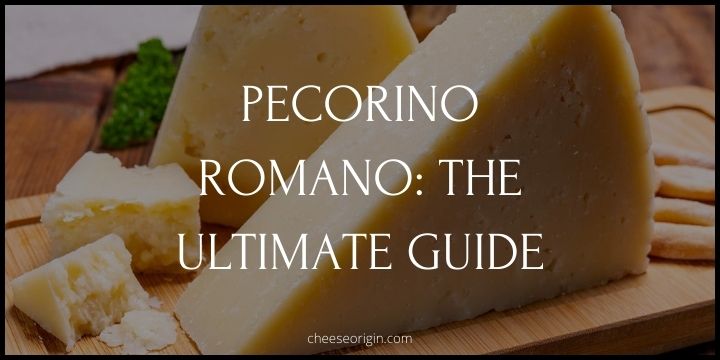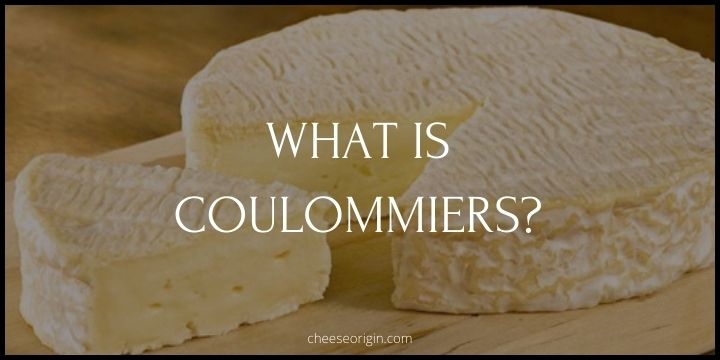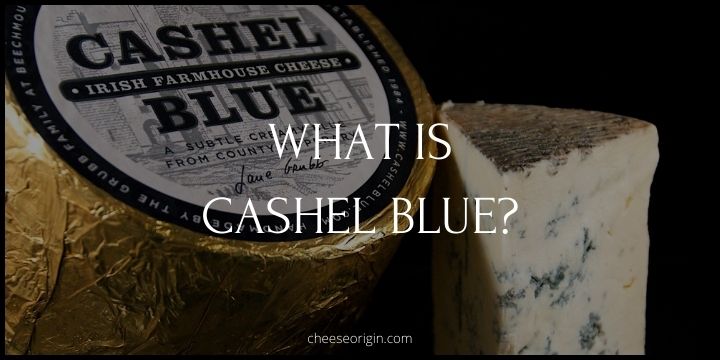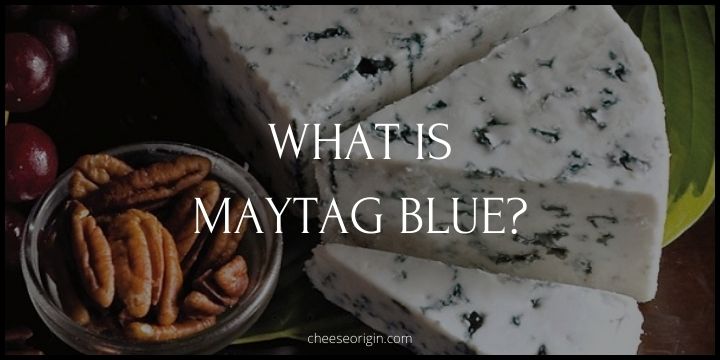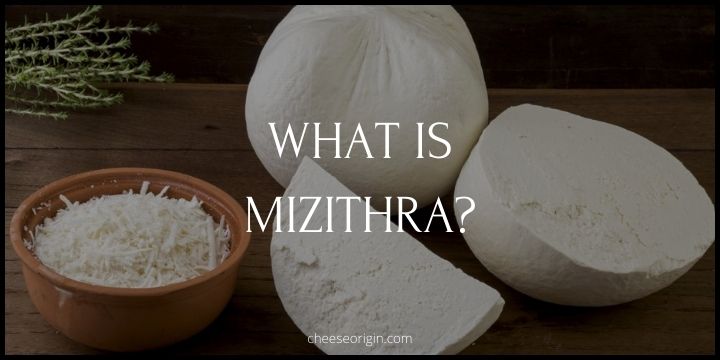What is Garrotxa? The Velvet Touch of Spanish Cheese

Experience the velvet touch of Spanish cheese with Garrotxa, a culinary gem from Catalonia. This artisanal goat’s milk cheese, named after the rugged mountainous region it originates from, offers a unique blend of earthy flavors and a delicate, creamy texture. With its subtle hints of hazelnuts and herbs, encased in a stunning grey-blue mold rind, Garrotxa is a testament to Spain’s rich cheese-making tradition.
Quick Facts About Garrotxa
| Fact Category | Details |
|---|---|
| Origin | Catalonia, Spain |
| Type | Semi-soft, Artisanal |
| Milk Source | Goat |
| Texture | Creamy and dense |
| Color | Pale white |
| Rind | Natural, mold-covered |
| Flavor | Nutty, slightly herbal |
| Aroma | Earthy |
| Ageing Time | 2-4 months |
| Pairings | Figs, almonds, white wines |
| Culinary Uses | Salads, Tapas, Baking |
| Fat Content | Approx. 45% |
| Shelf Life | Approx. 2-3 weeks refrigerated |
| Availability | Year-round |
| Serving Temperature | Room temperature |
| Historical Fact | Revived in the 1980s after nearly disappearing |
| Protected Designation | None |
| Popular In | Spain, especially Catalonia |
What is Garrotxa?
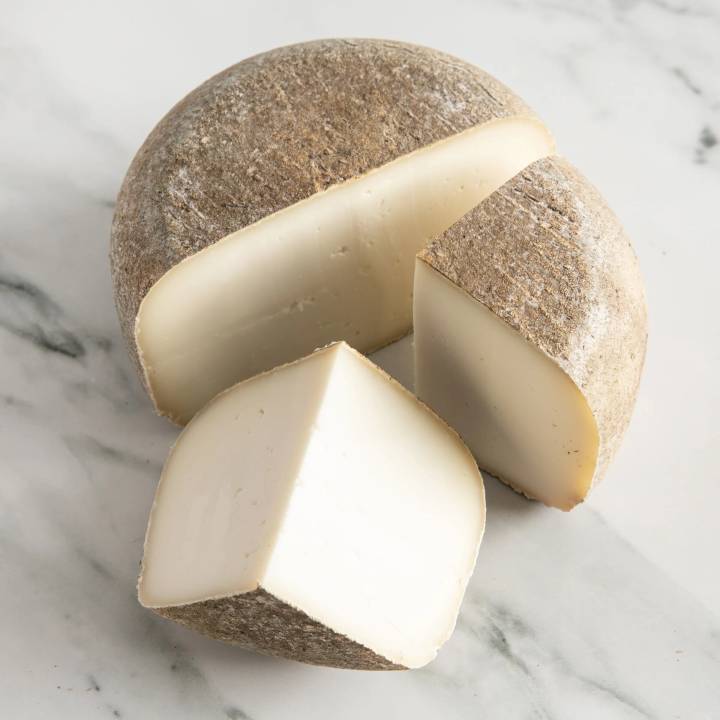
Garrotxa, an elegant Spanish cheese with a captivating story, is a culinary delight to explore. Originating from the Catalonia region in Northern Spain, this semi-firm goat’s milk cheese is a true testament to the artisanal cheese-making traditions of the area. Garrotxa, also known as “pell florida” meaning “bloomy rind” in the Catalonian dialect, showcases a powdery gray or grayish-blue rind that adds an earthy touch to its overall flavor profile.
This table cheese, aged for about 75 days, offers a full-bodied richness with a soft paste and a moist, creamy, yet almost flaky texture. The ivory-colored interior of the cheese further enhances its aesthetic appeal. Interestingly, while Garrotxa was originally a fresh goat’s milk cheese, it’s now celebrated for the mold that grows readily on the exterior, lending it a unique character.
Garrotxa cheese is not just about its distinct taste and texture, but also the ambiance it creates when served. It pairs perfectly with cured meats, plump Spanish olives, honey, and fruit, making it an ideal choice for October and November gatherings. Whether you’re enjoying it on a cheese platter or incorporating it into your culinary creations, Garrotxa brings a touch of Spanish tradition and artisanal excellence to your table.
What Does Garrotxa Taste Like?
GarrotxaThe taste of Garrotxa can be described as deeply savory, with a distinct nutty undertone. It offers a mild, creamy taste that’s layered with hints of herbs and hazelnuts.
Despite its earthy aroma, the flavor is surprisingly clean, and not overly goaty as one might expect. Its bloomy rind brings an additional complexity to the palate, adding a slight mushroomy note. The cheese’s rich flavor profile is rounded off with a subtly sweet and tangy finish that lingers on the tongue.
Garrotxa Tasting Notes
- Texture: Semi-soft, creamy, and slightly flaky, Garrotxa has a dense texture that’s pleasing to the palate.
- Aroma: Garrotxa has an earthy aroma, hinting at the natural, mold-covered rind.
- Flavor: The cheese offers a savory, nutty taste with subtle herbal notes. It’s not overly goaty and exhibits a mild creaminess.
- Finish: Garrotxa leaves a subtly sweet and tangy aftertaste, making it a memorable part of any cheese platter.
- Pairing Suggestions: Perfect with fruits like figs, nuts like almonds, and drinks such as white wines or light reds.
- Culinary Uses: Ideal for salads, tapas, or baking, Garrotxa is versatile in the kitchen.
10 Best Garrotxa Substitutes
| Substitute | Flavor Profile | Texture | Best Used In |
|---|---|---|---|
| Feta Cheese | Tangy and briny flavor. | Crumbly texture. | Works well in salads, tapas, or crumbled-over dishes. |
| Manchego | Nutty and slightly sweet. | Firm, compact texture. | Ideal for cheese platters, sandwiches, and salads. |
| Aged Gouda | Caramel sweetness, nutty flavor. | Hard, crumbly texture. | Good for cheese boards, grating over dishes. |
| Cabrales | Strong, spicy, and slightly acidic. | Semi-hard, crumbly texture. | Perfect with strong red wines, or blue cheese dishes. |
| Mahón | Buttery to sharp flavor depending on aging. | Soft to hard texture. | Excellent for sandwiches or cheese boards, or grated over pasta dishes. |
| Tetilla | Mild, slightly salty and tangy. | Soft, creamy texture. | Ideal for melting over dishes or in sandwiches. |
| Idiazábal | Smoky, nutty flavor. | Hard, dense texture. | Works well in grilling, or as part of tapas. |
| Tomme de chèvre de Savoie | Mild, slightly earthy flavor. | Semi-soft, smooth texture. | Perfect for cheese platters, sandwiches, and salads. |
| English Clotted Cream | Rich, sweet, and creamy. | Thick, clotted texture. | Suitable for desserts, scones, or fresh fruits. |
| Crème Fraiche | Slightly tangy, creamy flavor. | Smooth, velvety texture. | Ideal for soups, sauces, or desserts. |
What Pairs Well With Garrotxa?
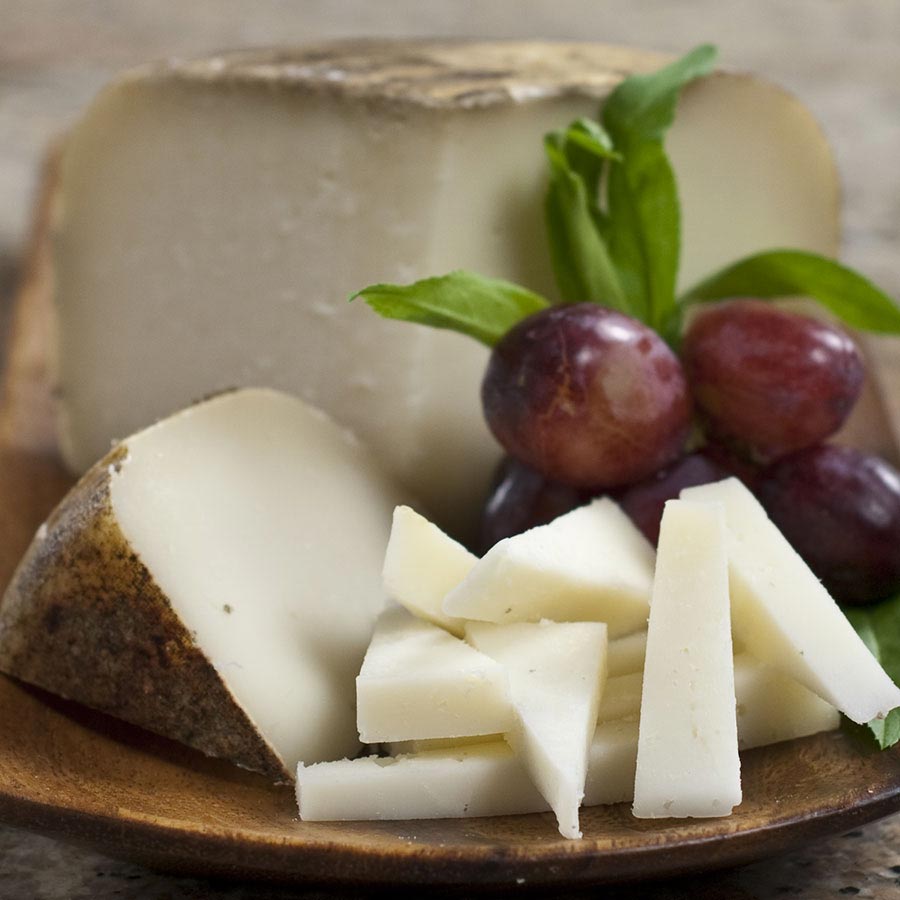
Food that goes well with Garrotxa:
| Category | Food Pairings |
|---|---|
| Fruits | Pears, apples, grapes, figs, dates |
| Breads | Baguette, sourdough, whole grain bread, crispbread |
| Nuts | Almonds, walnuts, hazelnuts |
| Meats | Prosciutto, chorizo, salami |
| Seafood | Smoked salmon, anchovies |
| Vegetables | Roasted bell peppers, marinated artichokes, olives |
| Jams/Spreads | Fig jam, apple butter, honey |
| Desserts | Dark chocolate, almond biscotti, fruit tarts |
| Herbs/Spices | Rosemary, thyme, black pepper |
Also read: What Fruit Goes on a Charcuterie Board?
Beverage that goes well with Garrotxa:
| Category | Beverage Pairings |
|---|---|
| White Wine | Chardonnay, Sauvignon Blanc, Albariño |
| Red Wine | Pinot Noir, Grenache, Merlot |
| Sparkling Wine | Cava, Champagne, Prosecco |
| Dessert Wine | Sherry, Port, Muscat |
| Beer | Belgian Ale, Wheat Beer, IPA |
| Non-Alcoholic | Apple Cider, Pear Juice, Herbal Tea |
Also read: Best Wine and Cheese Pairings: The Ultimate Guide
Also read:
- 12 Most Popular Blue Cheeses in the World
- What is Queso de Murcia? The Wine-Soaked Delight
- 5 Most Popular Cheeses Originated in Argentina
- What is Reggianito? Argentina’s Little Parmesan & Its Bold Flavor
- What is Cornish Blue? Unraveling the UK’s Young Blue Cheese
- What is Beemster Classic? A Timeless Cheese from Holland
- What is Coolea Cheese? Cork’s Sweet and Nutty Delight
